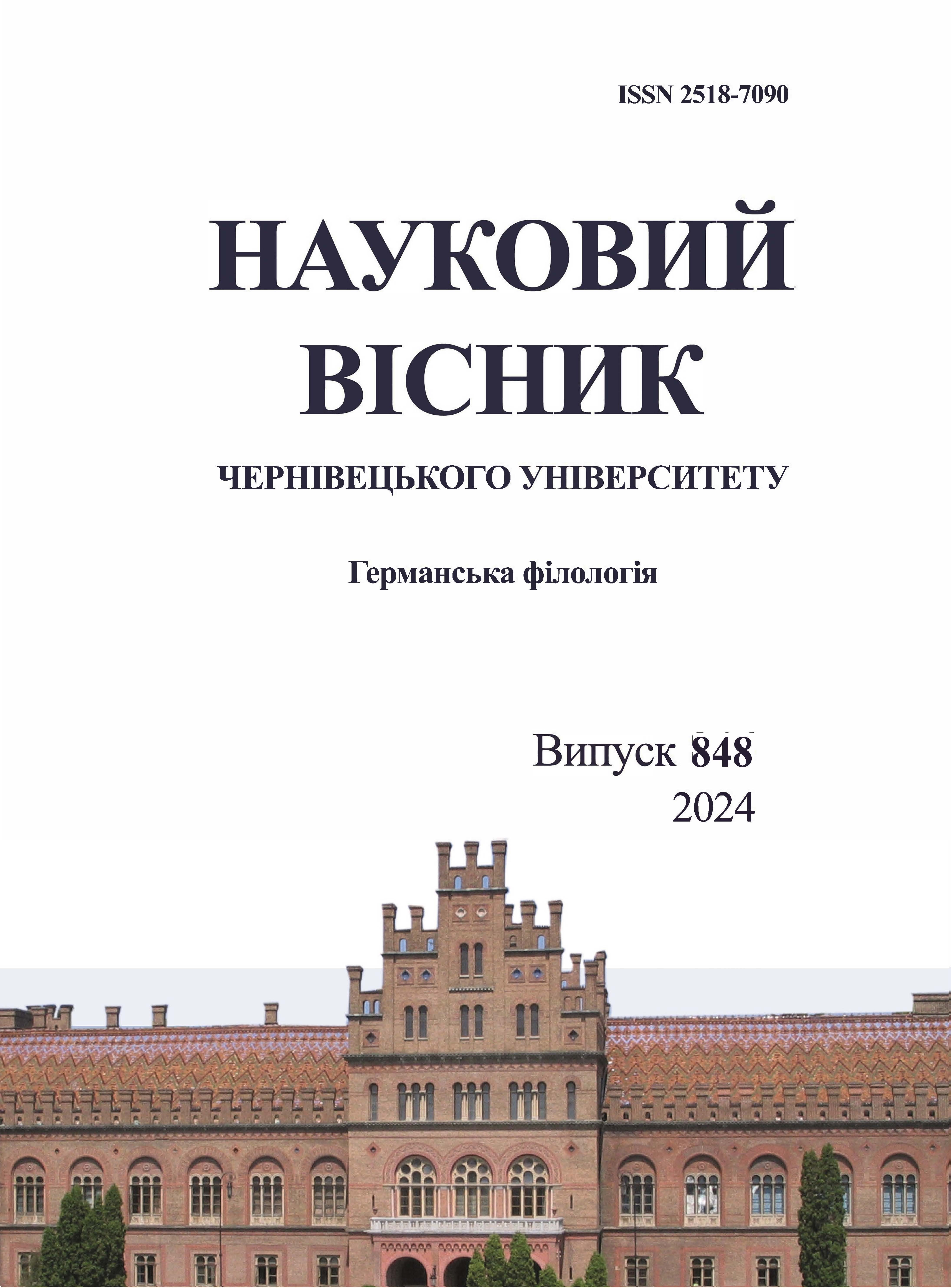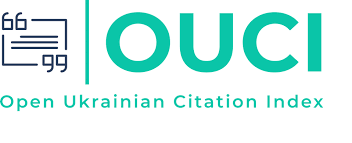ЗАГАЛЬНІ ПРОБЛЕМИ ТА ПРАКТИЧНІ ОСОБЛИВОСТІ ПЕРЕКЛАДУ НОРМАТИВНИХ І ТЕХНІЧНИХ ТЕКСТІВ У ПРОФЕСІЙНІЙ СФЕРІ ХАРЧОВОЇ ПРОМИСЛОВОСТІ
DOI:
https://doi.org/10.31861/gph2024.848.50-58Ключові слова:
перекладацька робота, науково-технічна література, термінологія, лінгвістичні особливості, гармонізація стандартівАнотація
Переклад науково-технічної літератури в галузі техніки та технології харчової промисловості складний та цікавий, як і будь-яка перекладацька діяльність у науково-технічній сфері. Цей напрямок має свої характерні особливості. Практична робота з характеристиками харчових продуктів та їх мовними відображеннями у формі умов органолептичного аналізу дає підстави стверджувати, що сприйняття властивостікожним дегустатором буде складним компромісом між психічними установками, що склалися внаслідок перетворення до власного професійного досвіду та вивчення методики аналізу, а також індивідуальних особливостей дегустаторів – наприклад, анатомічних особливостей та стану порожнини рота кожного з них. Тобто вербально єдиний термін щоразу буде різним в ономатологічному відношенні. Практичні результати перекладацької роботи з особливостей аналізу структури профілю відображені у розробленому багатомовному глосарії відповідних термінів. Наводяться приклади перекладацької діяльності стосовно професійних термінів м'ясної галузі: продукти та спеціалізоване технологічне обладнання. Для правильного пошуку джерел науково-технічної інформації в джерелах розвинених країн, де практикується цукробурякове виробництво, на основі відомих джерел створено словник термінів цукробурякового виробництва, що охоплює 444 термінологічні фонеми української мови та відповідні терміни англійською, німецькою, французькою та трьома слов'янськими мовами. Глосарій містить основну термінологію, а також термінологічні фонеми, що згруповані за технологічними етапами виробництва бурякового цукру. Кожна група термінів охоплює відповідні процеси, обладнання, матеріали та продукцію. Також описано організаційні та практичні особливості перекладу нормативних текстів у рамках гармонізації стандартів Євросоюзу EN, які регламентують правила безпеки та гігієни обладнання харчової промисловості.







